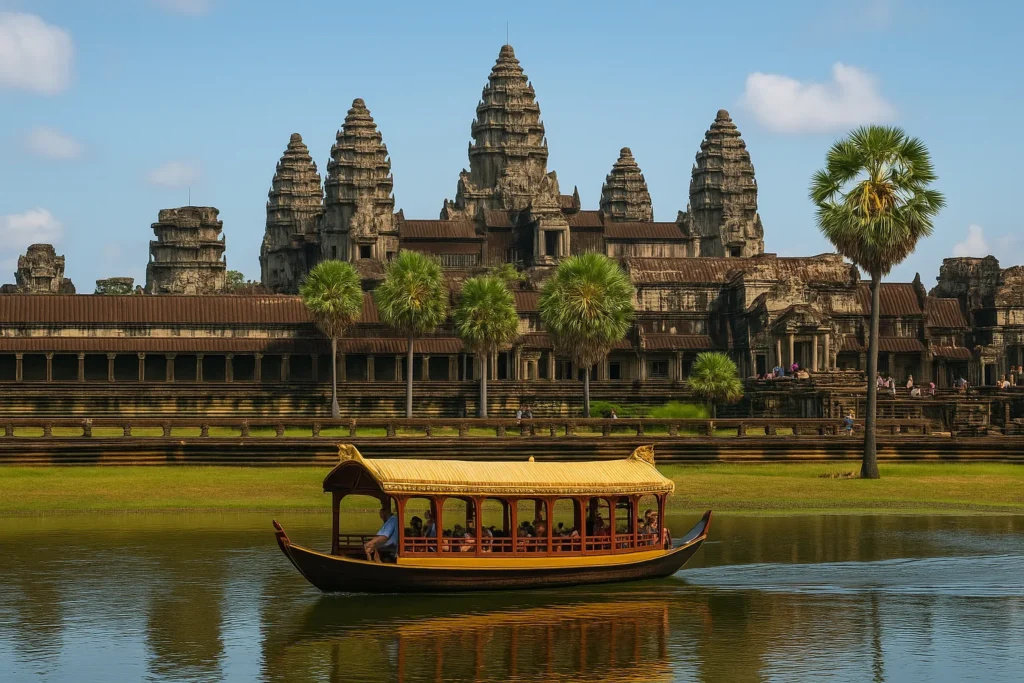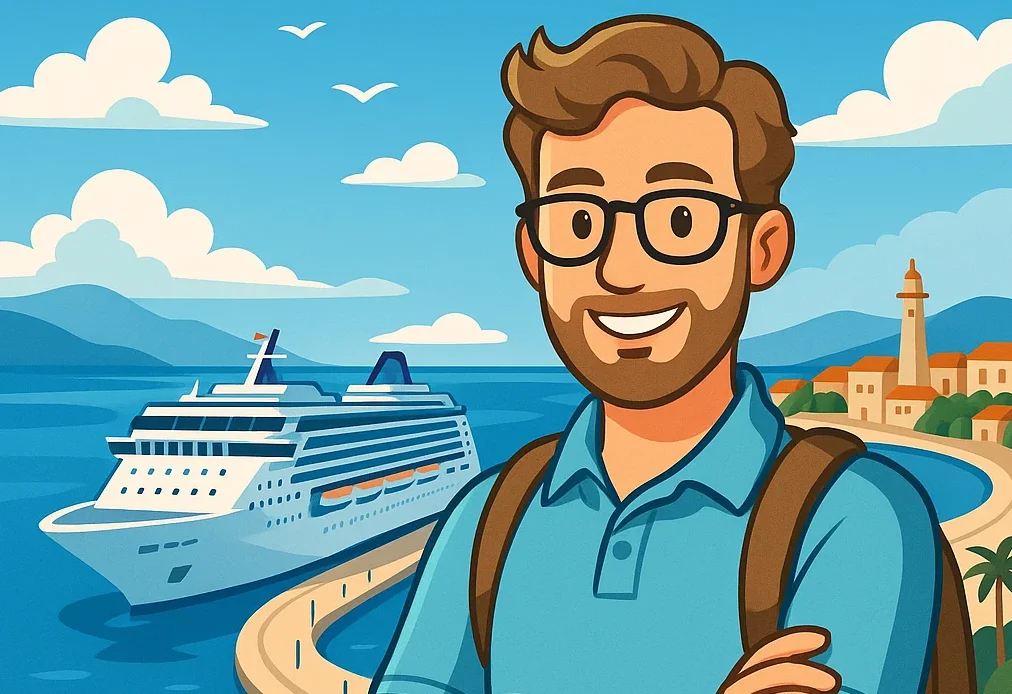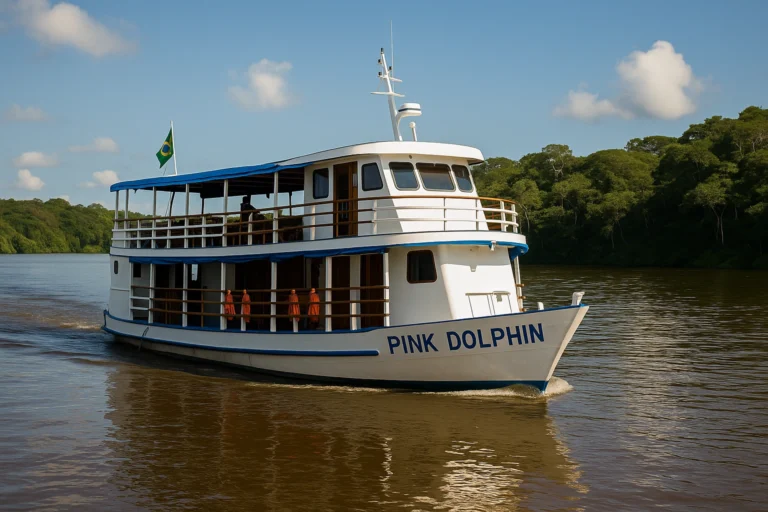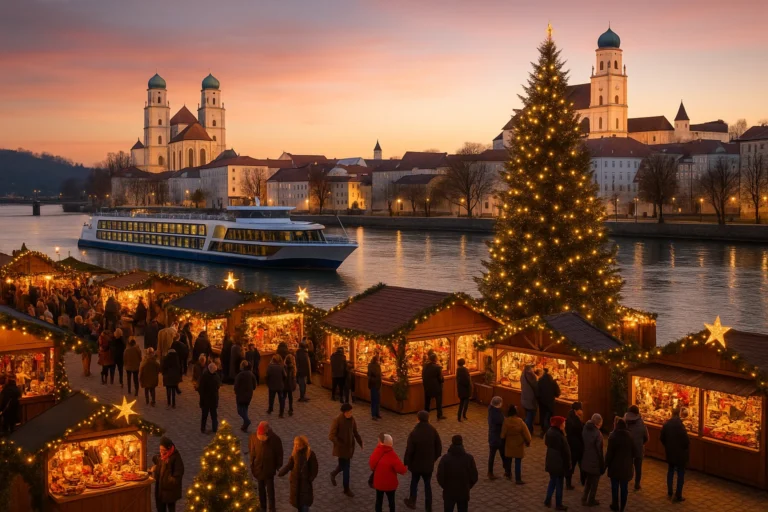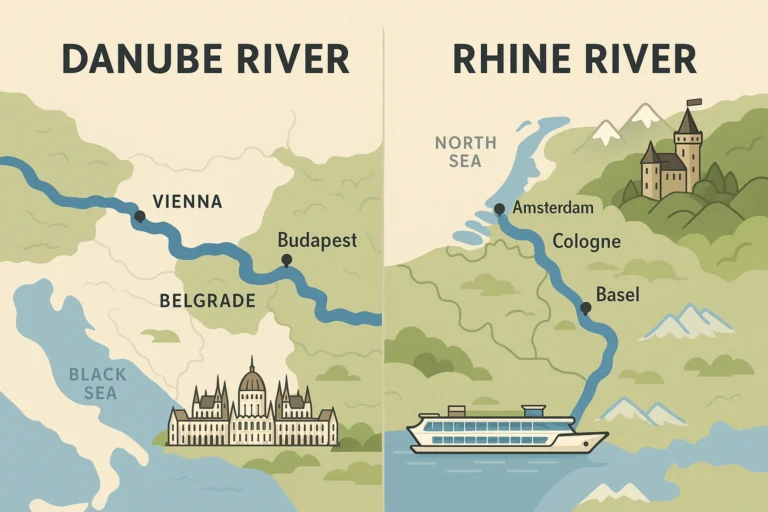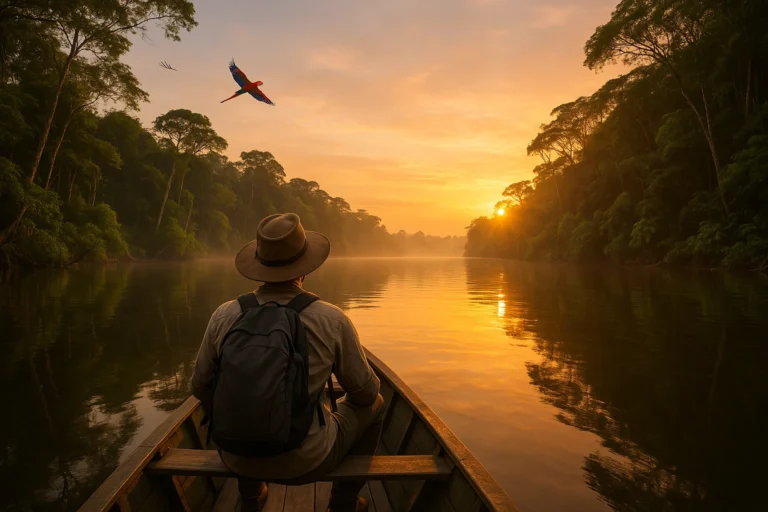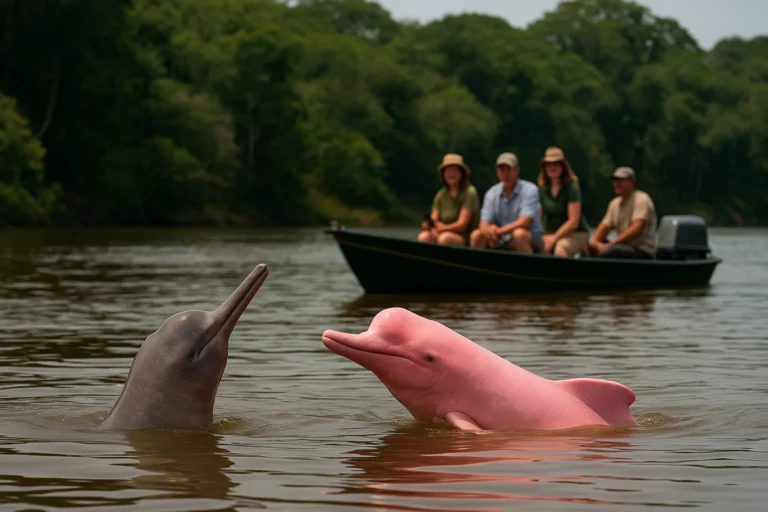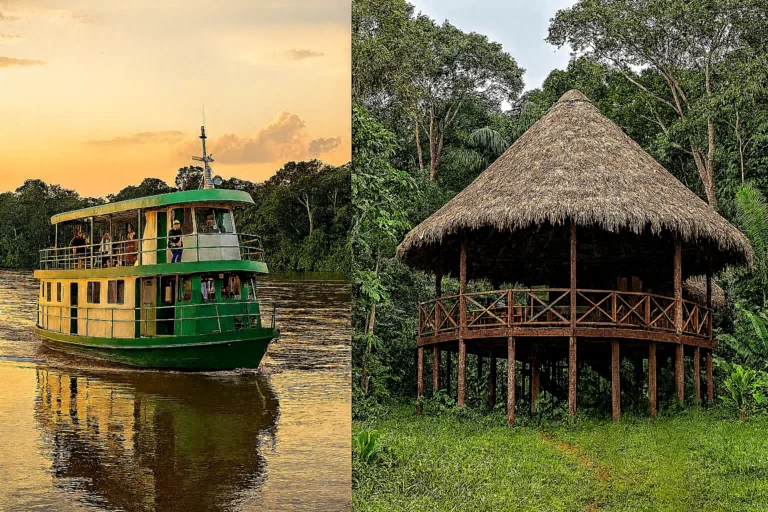Cambodia Temple Cruises: Angkor Wat & Beyond
🎯 Cambodia Temple Cruises: Angkor Wat & Beyond
📌 Embarking on a temple cruise in Cambodia offers a truly unique and enriching travel experience, seamlessly blending cultural immersion with the serene beauty of river landscapes. Far beyond just visiting the world-renowned Angkor Wat, these journeys allow you to delve deep into the spiritual heart of Southeast Asia, exploring ancient Khmer temples nestled along the mighty Mekong River. This guide will take you through the highlights of a Cambodian temple cruise, from the majestic Angkor complex to hidden gems and the unique charm of river life, ensuring you discover the magic of this captivating country.
🛕 Angkor Wat: The Crown Jewel of Khmer Architecture
Angkor Wat, a UNESCO World Heritage Site, is not just a temple; it’s a breathtaking testament to Cambodia’s rich history, profound spirituality, and unparalleled architectural prowess. Built in the 12th century by King Suryavarman II, this colossal temple complex is the largest religious monument in the world, originally dedicated to the Hindu god Vishnu and later transforming into a Buddhist site.
A visit to Angkor Wat is often the centerpiece of any Cambodian temple cruise. Visitors are invariably captivated by its intricate bas-reliefs that stretch for hundreds of meters, depicting Hindu epics and historical events. The towering spires, especially the central tower symbolizing Mount Meru (the home of the gods), create a sense of awe. Many choose to arrive before dawn to witness the iconic sunrise, as the first rays of light cast a golden hue over the sandstone structures, creating a truly magical reflection in the surrounding pools.
📎 Must-See Features Within Angkor Wat
- ✔ **The Central Tower:** Representing Mount Meru, the cosmic mountain, it’s the spiritual and architectural pinnacle of the complex.
- ✔ **Extensive Bas-Reliefs:** Marvel at the detailed carvings on the outer and inner walls, narrating stories from Hindu mythology like the Churning of the Ocean of Milk, and historical military parades.
- ✔ **Reflection Pools:** Located in front of the main temple, these offer picturesque views, especially at sunrise, providing perfect photo opportunities of the temple’s reflection.
- ✔ **Gallery of 1,000 Buddhas:** Explore the less-traveled corridors filled with ancient and more recent Buddha statues.
🌄 Exploring Temples Beyond Angkor Wat: Hidden Gems of the Khmer Empire
While Angkor Wat rightfully garners global attention, the surrounding Angkor Archaeological Park and other regions of Cambodia are home to numerous other temples that offer equally profound and unique experiences. These sites provide diverse perspectives on Khmer history, art, and the intricate relationship between nature and ancient architecture.
📎 Notable Temples to Explore
- ✔ **Bayon Temple (Angkor Thom):** Famous for its 54 towering spires, each adorned with four enigmatic, serene faces of Avalokiteshvara. The facial expressions change subtly with the light, creating a mystical and unforgettable atmosphere.
- ✔ **Ta Prohm:** Often referred to as the “Tomb Raider temple,” this site is deliberately left partially unrestored, allowing massive tree roots (strangler figs and silk-cotton trees) to intertwine with and engulf the ancient stone structures. It offers a truly mystical and evocative ambiance where nature reclaims its territory.
- ✔ **Banteay Srei:** Located a bit further from the main complex, this 10th-century Hindu temple is renowned for its incredibly detailed and intricate pink sandstone carvings. Its smaller scale makes the exquisite craftsmanship even more striking, earning it the nickname “Citadel of Women” due to its delicate artistry.
- ✔ **Preah Khan:** A sprawling monastic complex that served as a Buddhist university and temple. It’s less crowded than some other sites and offers a fascinating labyrinthine exploration.
- ✔ **Phnom Bakheng:** Known for its hilltop location, offering panoramic views of Angkor Wat and the surrounding jungle, especially popular for sunset views (though often crowded).
🚢 Mekong River Cruises: A Journey Through Time and Culture
Beyond the static grandeur of the temple complexes, cruising the majestic Mekong River provides an intimate and dynamic glimpse into Cambodia’s vibrant rural life, enduring traditions, and spiritual heritage. These leisurely cruises offer a unique vantage point, allowing travelers to witness daily life unfold along the riverbanks, connect with local communities, and discover remote temples inaccessible by road.
📎 Unique Cruise Highlights
- ✔ **Visits to Traditional Villages and Artisan Workshops:** Step ashore to explore authentic floating villages, learn about local crafts like silk weaving or pottery, and interact with welcoming Cambodian communities.
- ✔ **Opportunities for Cultural Engagement:** Many cruises include immersive experiences such as visits to local schools, traditional dance performances, or opportunities to participate in Buddhist blessings at riverside monasteries.
- ✔ **Exploration of Remote Temples by River:** Discover lesser-known, tranquil temples and pagodas situated along the Mekong, offering a peaceful counterpoint to the more bustling Angkor sites. These can include Wat Hanchey or Wat Nokor Bachey.
- ✔ **Observation of Daily River Life:** Witness bustling local markets, fishermen casting their nets, and children playing along the riverbanks, providing a genuine insight into Cambodian rural existence.
- ✔ **Culinary Delights:** Enjoy fresh, local Cambodian and Vietnamese cuisine prepared onboard, often incorporating ingredients sourced directly from the river communities.
📆 Optimal Seasons for Temple Cruises: Planning Your Cambodian Adventure
Choosing the right time to visit Cambodia for a temple cruise can significantly enhance your experience. The country generally experiences two distinct seasons:
📎 Seasonal Considerations for Your Trip
- ✔ **Dry Season (November to April):** This is generally considered the **best time** to embark on a temple cruise.
- **Weather:** Characterized by pleasant temperatures, lower humidity, and minimal rainfall.
- **Benefits:** Ideal for sightseeing and photography, as skies are typically clear and pathways to temples are dry. River levels are stable, ensuring smooth cruising.
- **Considerations:** This is also peak tourist season, so popular sites like Angkor Wat will be more crowded, and prices for flights and accommodations might be higher.
- ✔ **Wet Season (May to October):** Also known as the green season, this period offers a different, but equally captivating, perspective.
- **Weather:** Higher humidity with daily, often brief, heavy downpours (usually in the afternoon).
- **Benefits:** The landscape transforms into vibrant, lush greenery, making for stunning photographs. River levels are higher, allowing cruises to access more remote areas. There are significantly fewer tourists, offering a more peaceful exploration of the temples.
- **Considerations:** Some pathways around temples might be muddy, and the humidity can be intense.
📌 Conclusion & Final Tips: Embrace the Khmer Spirit
Embarking on a Cambodia temple cruise offers an unparalleled journey through history, culture, and natural beauty. It’s an opportunity to connect with ancient civilizations, witness the vibrant daily life along the Mekong, and immerse yourself in the warm hospitality of the Cambodian people. Whether you’re marveling at the grandeur of Angkor Wat, discovering the mystical allure of Ta Prohm, or engaging with local communities on a river excursion, travelers are sure to be enriched and transformed by the experience.
To make the most of your trip, remember to pack light, breathable clothing, comfortable walking shoes, insect repellent, and respectful attire for temple visits (shoulders and knees covered). Stay hydrated and be open to new experiences. A Cambodian temple cruise is more than just a vacation; it’s an adventure into the heart of a resilient and spiritual nation.
❓ Frequently Asked Questions (FAQ) About Cambodia Temple Cruises
🛕 What is the best time for a Cambodia temple cruise?
The optimal time for a Cambodia temple cruise is during the dry season, from November to April. This period offers pleasant weather, lower humidity, and clearer skies, which are ideal for sightseeing and photography. The wet season (May to October) brings lush landscapes and fewer tourists, but also daily rain showers.
🚢 Are temple cruises suitable for families with children?
Yes, many Mekong River cruises and temple tours are designed to be family-friendly. Operators often provide amenities and activities suitable for various age groups. However, consider the age of your children and their interest in historical sites, as some tours involve extensive walking and a focus on cultural immersion.
🎟️ Do I need special permits or passes to visit temples in Cambodia?
Yes, to visit the temples within the Angkor Archaeological Park (including Angkor Wat, Bayon, Ta Prohm), you will need to purchase an Angkor Pass. These are available for 1-day, 3-day, or 7-day validity and can be bought at the official ticketing office near the park entrance or sometimes pre-arranged by your tour operator. Individual temples outside the park may have separate entrance fees.
📂 Explore More in These Categories
Asia Cruises 2025: Best Itineraries, Ports & Deals
Mekong River Cruises 2025: Vietnam to Cambodia & Hidden Gems
🧭 How long do Cambodia temple cruises typically last?
The duration of temple cruises can vary significantly depending on the itinerary and the cruise line. They can range from shorter 3-4 day journeys focusing primarily on the Angkor region and nearby river segments to longer 7-10 day expeditions that travel further along the Mekong, often connecting Cambodia and Vietnam.
📸 Can I take photographs inside the temples, and are there any restrictions?
Photography is generally allowed inside most temples. However, it is crucial to be respectful of sacred areas, especially active shrines or during religious ceremonies. Flash photography is often prohibited inside certain structures, particularly where ancient frescoes or delicate carvings could be damaged. Always be mindful of local customs and any posted signs.
🔥 Have you experienced a Cambodia temple cruise?
🗣️ We’d love to hear your stories and tips! Share your favorite temple, a memorable moment from your Mekong cruise, or any advice for future travelers in the comments below!


